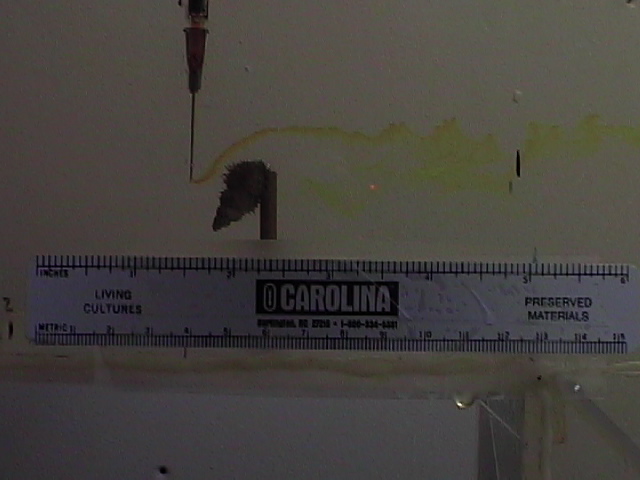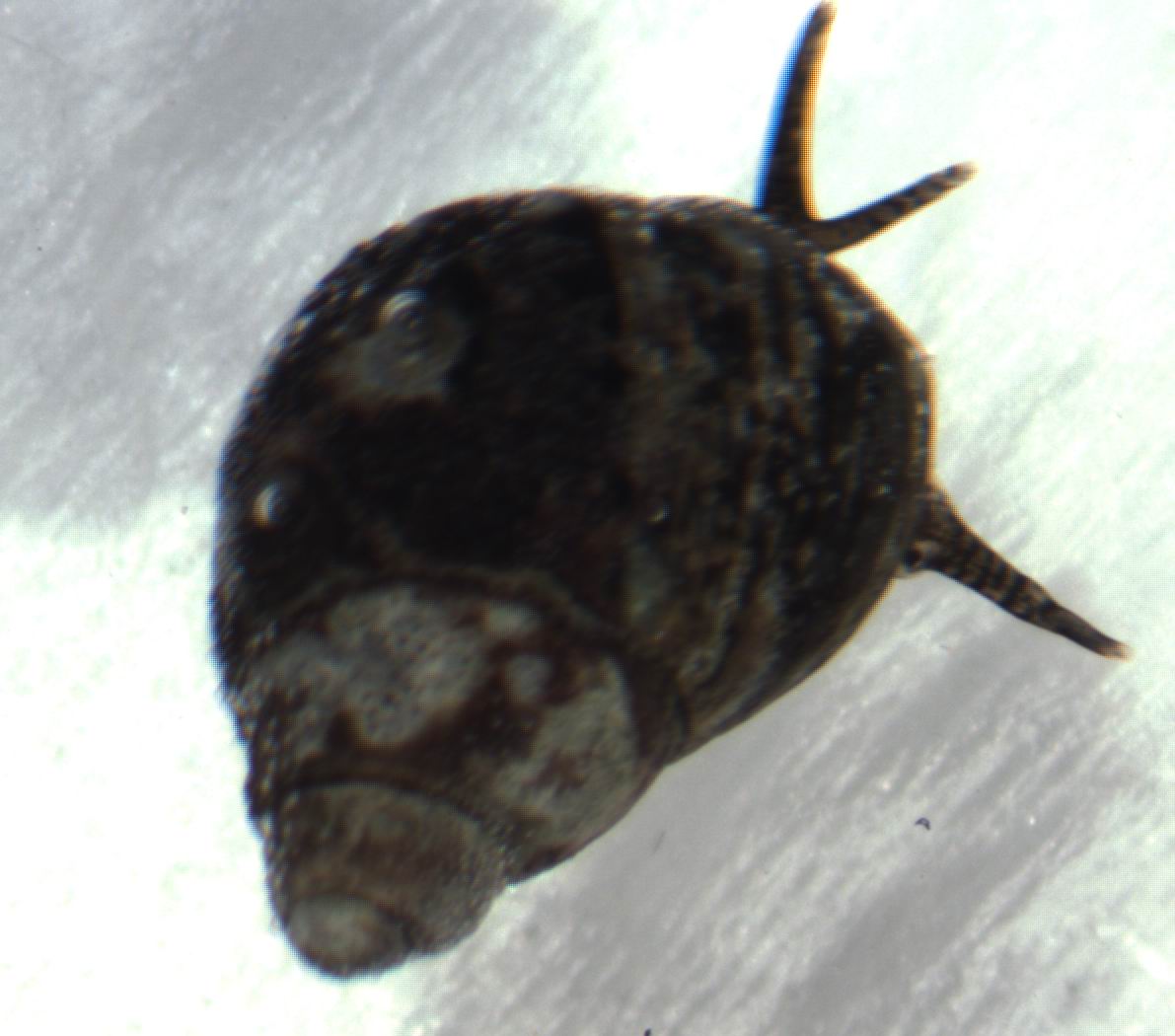Edwards et al. (2005) Entomological News
This was my first paper scientific paper! My college roommate (and general partner in crime) and I drove all over Pennsylvania to track the emergence of the periodical cicadas (Magicicada spp.), under the guidance of Marten Edwards. The map we produced provides a geo-referenced baseline indication of the range of Brood X periodical cicadas. Because the fascinating insects only emerge once every 17 years, they provide tremendous opportunity to understand how changing climate and landscape influence population distributions. The offspring of the individuals we studied will show themselves to the world in the summer of 2021.
Iyengar et al. (2008) Invertebrate Biology
Erika Iyengar has been studying curious kleptoparasitic snails (Trichotropis cancellata) for years, and many questions still remain. I worked with Erika for a summer at Friday Harbor Laboratories to elucidate the role of "hairs" on these snails. The hairs are more effective deterrents of epibionts (e.g., barnacles) than of predators, and may be related to how water flows around the shell.
My FHL experience was great, so I returned after graduating for the apprenticeship program to work with more snails (and crabs!).
Crowder et al. (2010) Animal Behaviour
My last stop before graduate school was in Tucson, AZ to work with Yves Carriere and Dave Crowder. We studied whiteflies (Bemisia tabaci), invasive agricultural pests with a haplodiploid reproductive system and incomplete mate recognition systems. Through many hours of careful observation of whitefly courtship and copulation, we found that flexibility in female behavior can contribute to large-scale patterns of invasion.
Crowder et al. (2010) Journal of Insect Behavior
In addition to the study above, Dave, Yves, and I also published a paper focused more on male behavior. We showed that males vary in their ability to identify potential mates, which, in combination with female selectivity, can strongly impact total reproductive output. Reproductive output drives the replacement of one species by another, so these behaviors are of great importance in understanding population dynamics and competition.
Pictures









